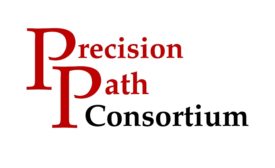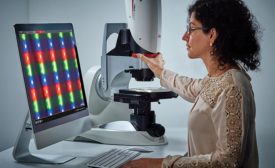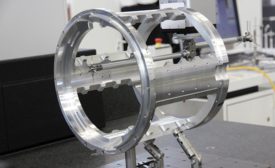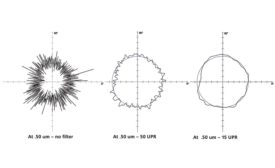Measurement
V&S HEADLINE
German Machine Vision Industry Has Doubled in Last 10 Years
September 9, 2018
Gage Pass/Fail Problems
Two tolerances should be shown for any gage you use.
September 8, 2018
INDUSTRY HEADLINE
Vermont is Supply Chain Hub for Largest Aerospace and Defense Companies
September 5, 2018
INDUSTRY HEADLINE
PrecisionPath Consortium Releases Technology Roadmap for Large-Scale Manufacturing
September 5, 2018
The Ideal Stylus System
Choosing the right components and construction impacts your measuring result
September 1, 2018
Form Measurement: Back to Basics
Understanding common problems in the measurement of form.
September 1, 2018
Stay in the know with Quality’s comprehensive coverage of
the manufacturing and metrology industries.
eNewsletter | Website | eMagazine
JOIN TODAY!Copyright ©2024. All Rights Reserved BNP Media.
Design, CMS, Hosting & Web Development :: ePublishing








